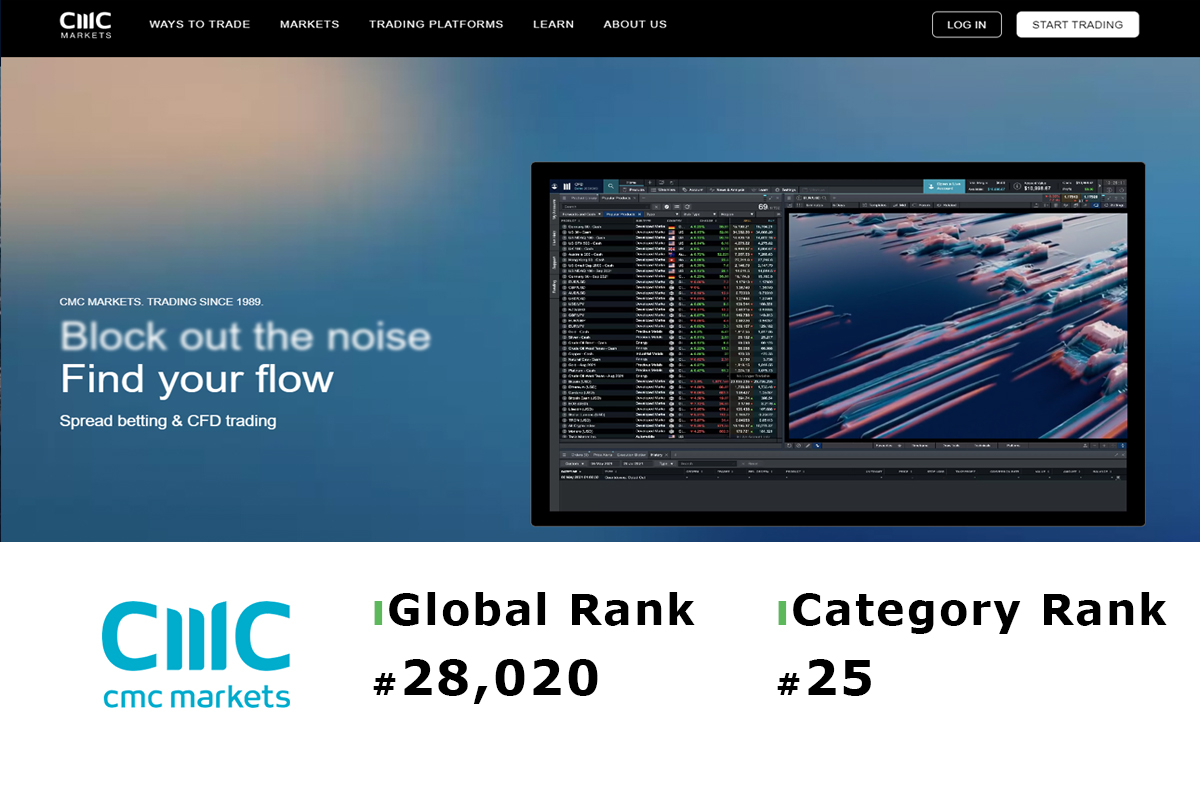The financial market is awash with various technical analysis indicators, each serving its unique purpose in guiding traders and investors in their decision-making process. Among these indicators, the Commodity Channel Index (CCI) stands out due to its versatility and robustness in various market conditions. This article seeks to offer an in-depth exploration of the CCI, illuminating its foundational principles, calculation, and practical applications.
What is the Commodity Channel Index?
The Commodity Channel Index (CCI) is an oscillator developed by Donald Lambert in 1980. It is used to detect strong and weak price movements, as well as potential changes in a financial market trend. The CCI measures the difference between an asset’s price and the average price of the asset over a certain period of time. When the CCI is above +100, it indicates that the asset is overbought, and when it is below -100, it indicates that the asset is oversold.
How to Calculate the Commodity Channel Index
The CCI is calculated using the following formula:
CCI = (Typical Price – n-period Average of Typical Price) / (0.015 x Mean Deviation)
In this formula, “Typical Price” is the average of the high, low, and closing price for the period, and “Mean Deviation” is the average of the difference between the typical price and the n-period average of the typical price.
Interpreting the Commodity Channel Index
The CCI is often used to identify overbought and oversold conditions in a financial market. When the CCI reaches +100, this indicates that the asset is overbought, meaning that it has risen too much too quickly. When the CCI reaches -100, this indicates that the asset is oversold, meaning that it has fallen too much too quickly. However, these conditions are not always indicative of a price reversal, and further analysis is needed to determine if a trend is present.
Utilizing the Commodity Channel Index
The CCI can be used to identify potential buying and selling opportunities in a financial market. Traders can look for a divergence between the CCI and the price chart, which can indicate a potential trend change. Additionally, traders can look to buy when the CCI is below -100 and look to sell when the CCI is above +100.
Practical Applications
- Trend Identification: An upward trend is often affirmed when the CCI is positive, while a downward trend is indicated by a negative CCI.
- Divergences: If the asset’s price forms a new high or low, but the CCI fails to do so, it can hint at a potential price reversal.
- Overbought & Oversold Signals: As previously mentioned, values above +100 or below -100 can be seen as overbought and oversold signals, respectively.
Limitations
Like all technical indicators, the CCI isn’t infallible. False signals can occur, particularly in highly volatile markets. Hence, it’s advisable to use the CCI in conjunction with other technical tools to bolster its accuracy and reliability.
The Commodity Channel Index (CCI) is an invaluable tool for traders and investors aiming to gauge market momentum and potential price reversals. While it offers a wealth of insights, practitioners must be wary of its limitations and strive to integrate it with a broader toolkit to make informed market decisions.












